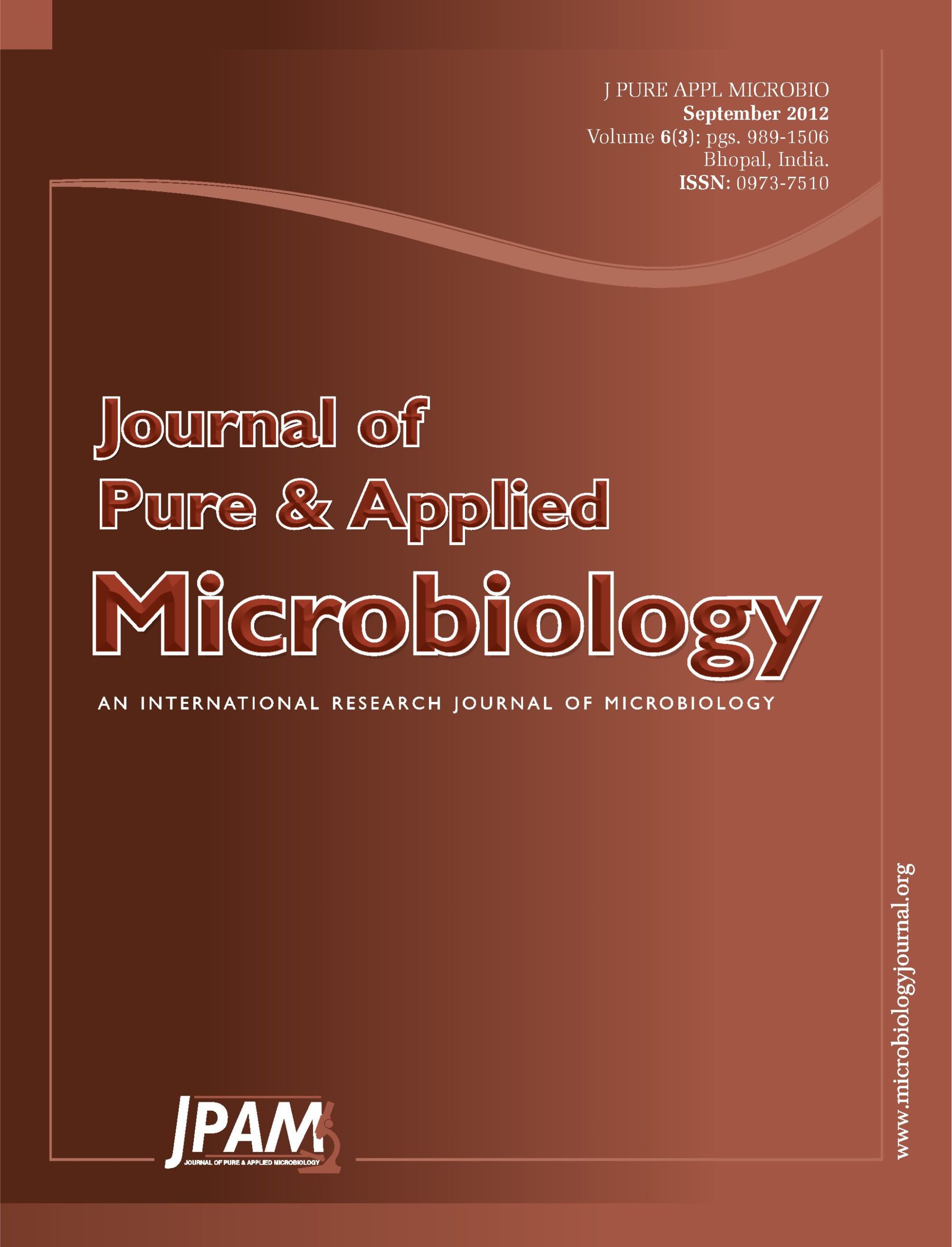In the present investigation, the author aimed first at detection of Gram-negative isolates harboring ESBL in pediatrics with bloodstream infection at Madinah Maternity and Children Hospital, Saudi Arabia. The second aim was to predict the most suitable antibiotics against them. ESBL detection was done using different screening methods as disk diffusion test, antibiotic-containing agars and double-disk synergy test as initial screening tests; Phoenix system as a commercial method; and cephalosporin/clavulanate combination disks as a confirmation test. Of the 112 Gram-negative isolates tested, 22 (19.6%) were identified as ESBL producers based on the results of the confirmation test. 45.5% of them were K. pneumonia. ESBL producers showed the highest susceptibility to ciprofloxacin, piperacillin/tazobactam and meropenem. On contrary, they were highly resistant to aztreonam, ceftazidime and cefotaxime. The occurrence of ESBL producers was higher in ICUs neonates. 18 isolates (16%) revealed presence of inducible AmpC b-lactamases by disk antagonism test. It is essential to report ESBL production along with the routine sensitivity reporting to help the clinicians prescribe proper antibiotics.
Bloodstream infections, pediatrics, Gram-negative bacteria, extended-spectrum b-lactamase, Saudi Arabia, phenotypic screening
© The Author(s) 2012. Open Access. This article is distributed under the terms of the Creative Commons Attribution 4.0 International License which permits unrestricted use, sharing, distribution, and reproduction in any medium, provided you give appropriate credit to the original author(s) and the source, provide a link to the Creative Commons license, and indicate if changes were made.


